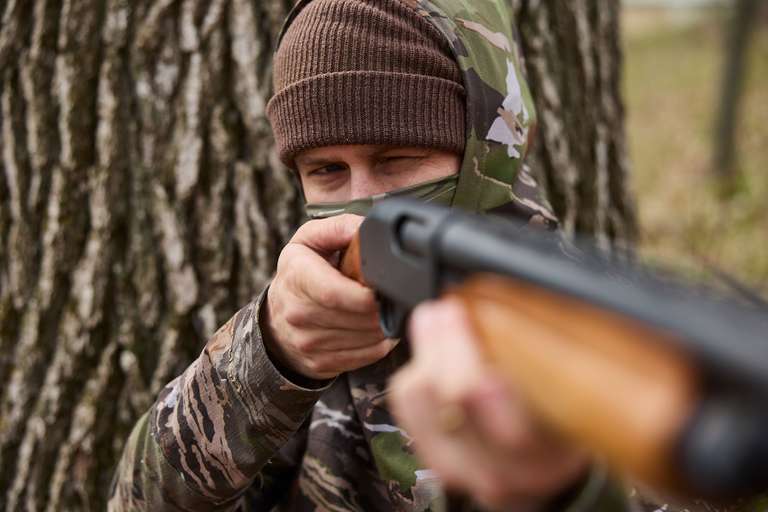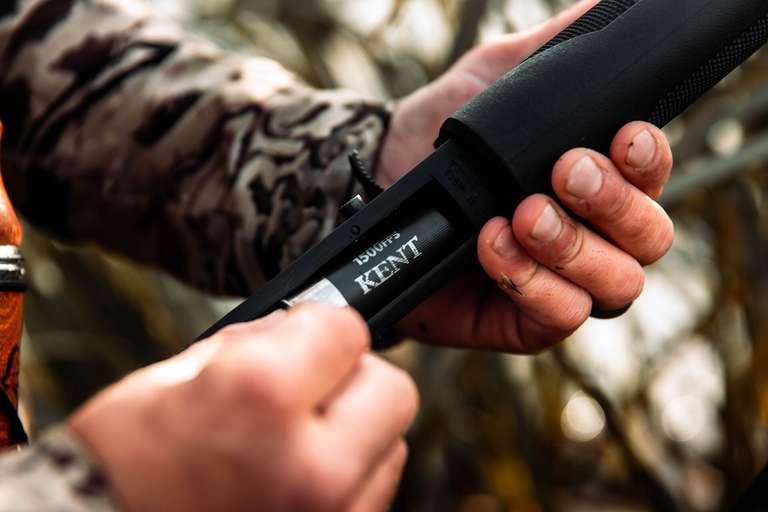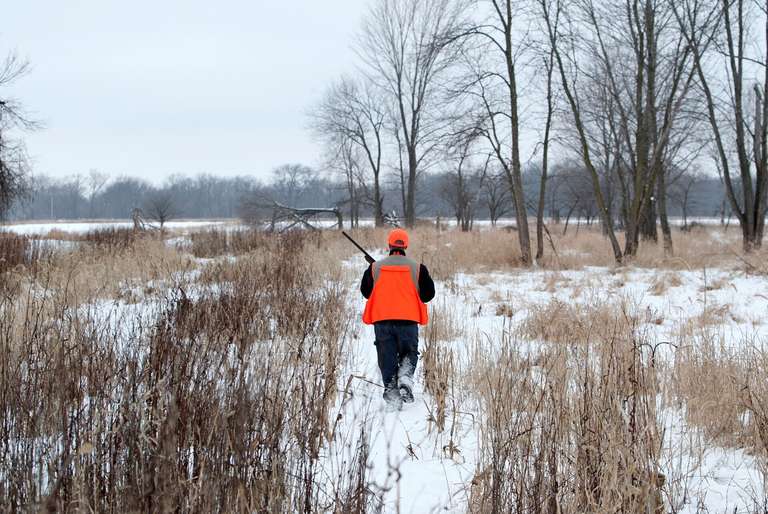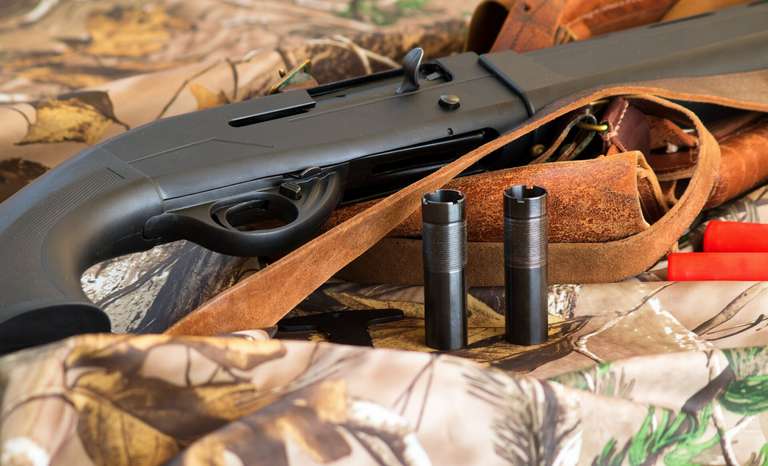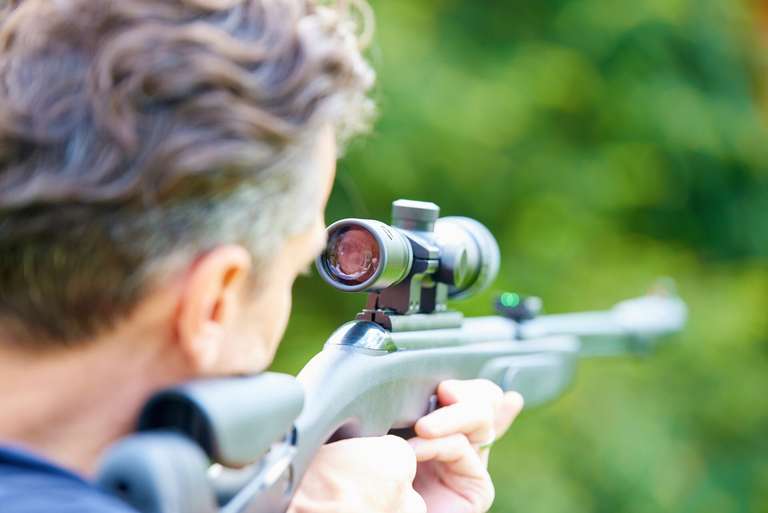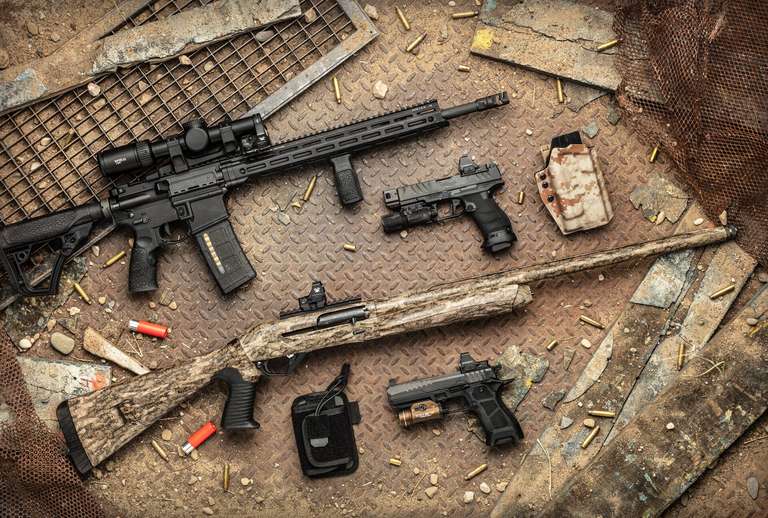What to Know About Flying With a Rifle for Out-of-State Hunts
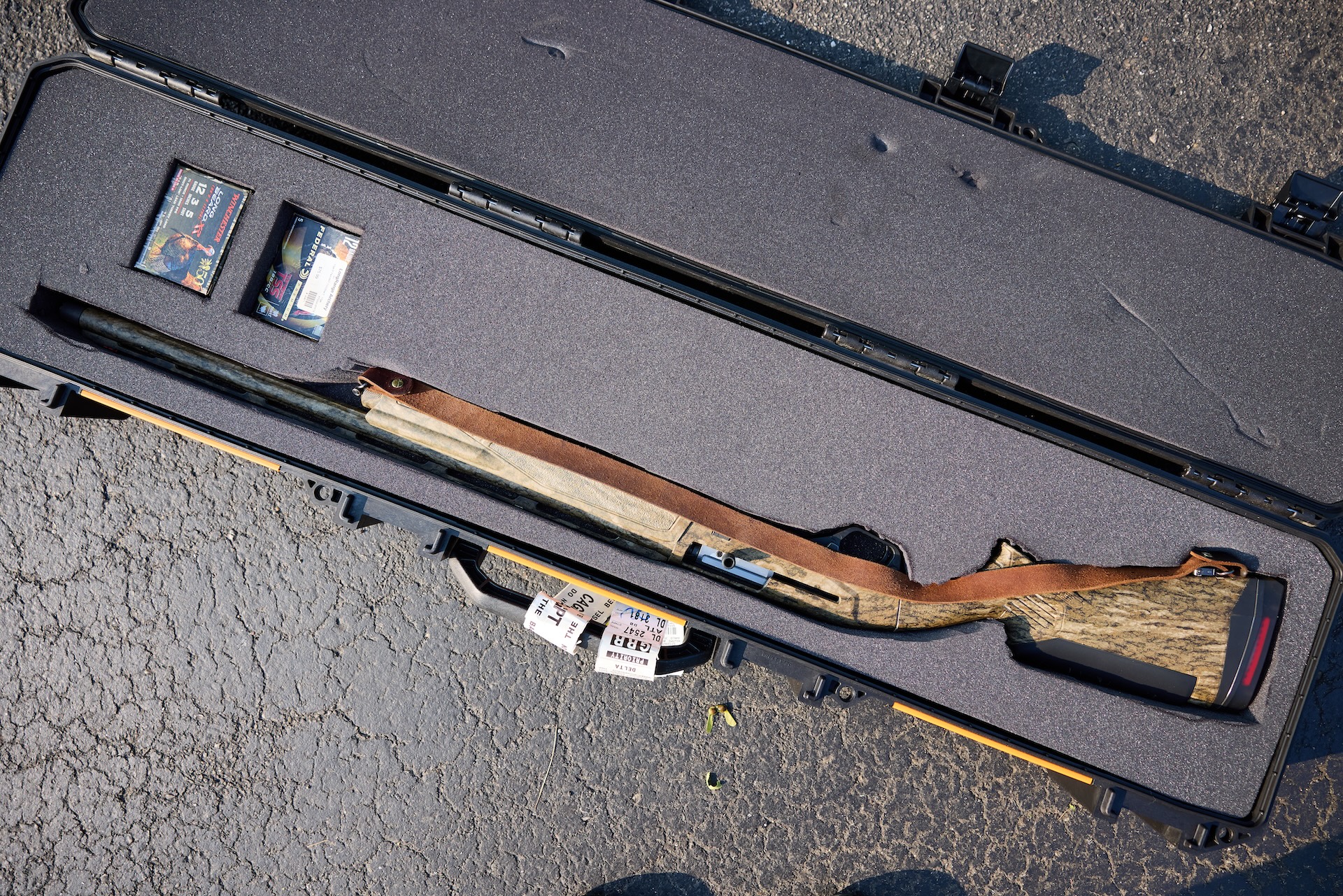
For many hunters, pursuing bucket-list hunts across North America or Africa is usually a once-in-a-lifetime opportunity. Traveling with a rifle to your hunting destination can sometimes be a logistical challenge, but it can be easily resolved with a bit of proper planning.
Although flying with a rifle is perfectly legal, the process can be intimidating and confusing. Let’s take a closer look at airline regulations, TSA requirements, destination laws, and a few other key things a traveling hunter needs to know to stay safe, legal, and stress-free.
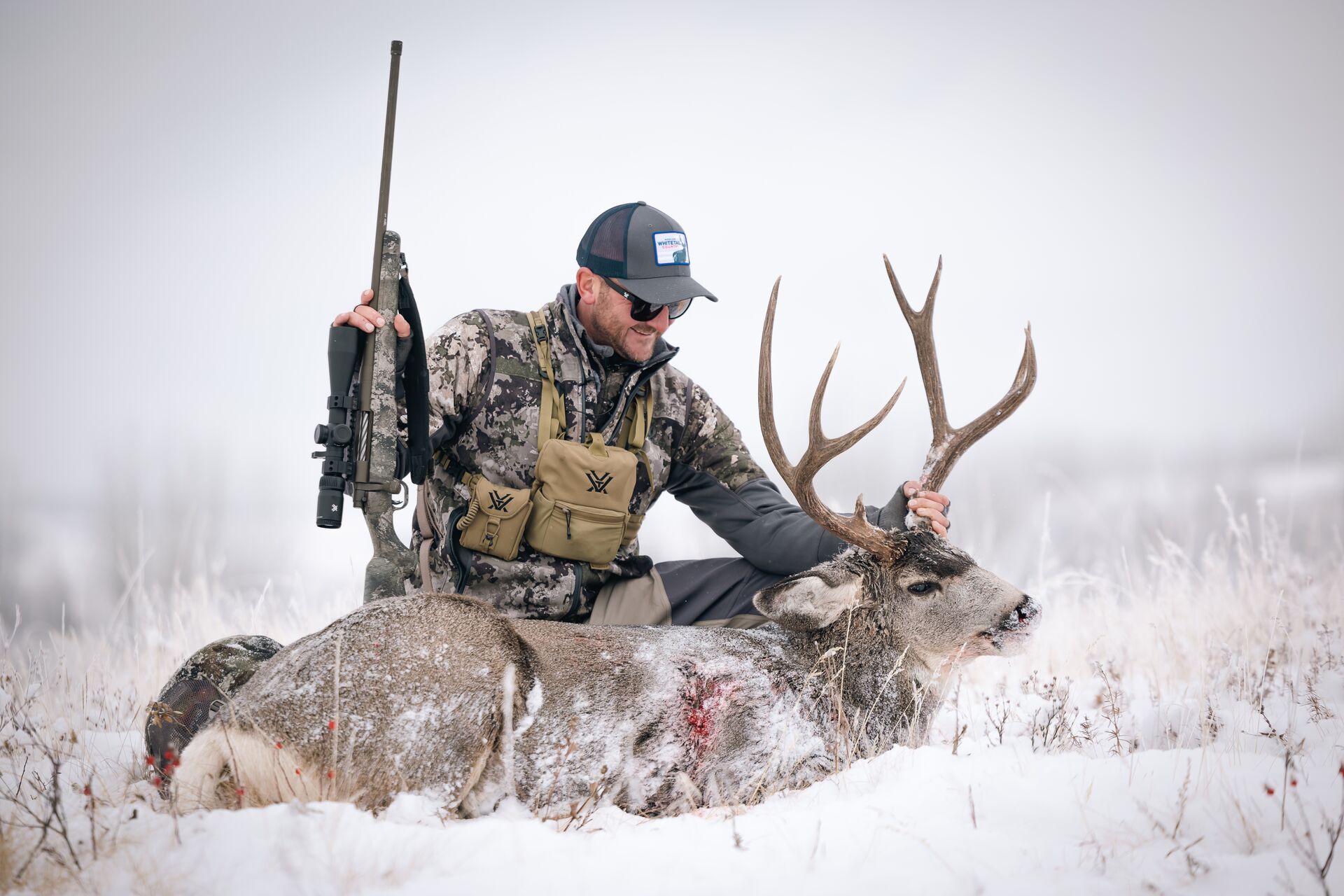
Why Travel Out of State With a Rifle for Hunting?
With big game hunting opportunities varying across different parts of the country, many hunters look to out-of-state hunts for new experiences and to pursue new species.
Tag Availability
Tag availability is a top motivator when it comes to hunting in distant destinations. While states like Colorado, Montana, and Wyoming offer relatively easy access to tags for trophy-class mule deer and elk, other states require nonresidents to purchase and accumulate points to obtain a tag.
Some hunters may have to wait years to draw that tag. And when they do finally get that tag, they need to be ready to fly with their hunting rifle.
Trophy Opportunities
The opportunity to bring home a trophy is another reason for interstate hunting.
Some states offer experiences that can’t be replicated. Hunting black bears and moose in Maine, feral hogs in Texas, or Dall sheep in Alaska are often worth the extra expense and effort of traveling with a rifle.
Different Game Species and Bucket List Hunts
The challenge of hunting different game species that aren't local to your area is also a temptation. Pronghorn, mule deer, elk, moose, bighorn sheep, caribou, and mountain goats are only found in specific parts of the country. So, many hunters look forward to traveling for the opportunity to hunt these animals that aren't close to home.
Most hunters also keep a “bucket list” of hunts for species they can’t hunt in their state. Many of these dream hunts are logistically challenging and require careful planning, including the safe transportation of your rifle to the final location.
The vast areas of public land out west can provide a bounty of hunting opportunities. However, the sheer size of the land, unfamiliar terrain, and climate can be overwhelming. That’s why hunters will hire outfitters to provide expert guidance, public land know-how, and private land access to make traveling with a rifle worthwhile.
Extend Your Season
Another important reason to travel is the extended seasons offered by some states.
Diehard turkey hunters will often chase the seasons across states, starting in early March in Florida and ending on May 31 in Oregon or Washington. Several states even allow rifles to be used for turkey hunting, so there’s another reason to travel with your rifle.
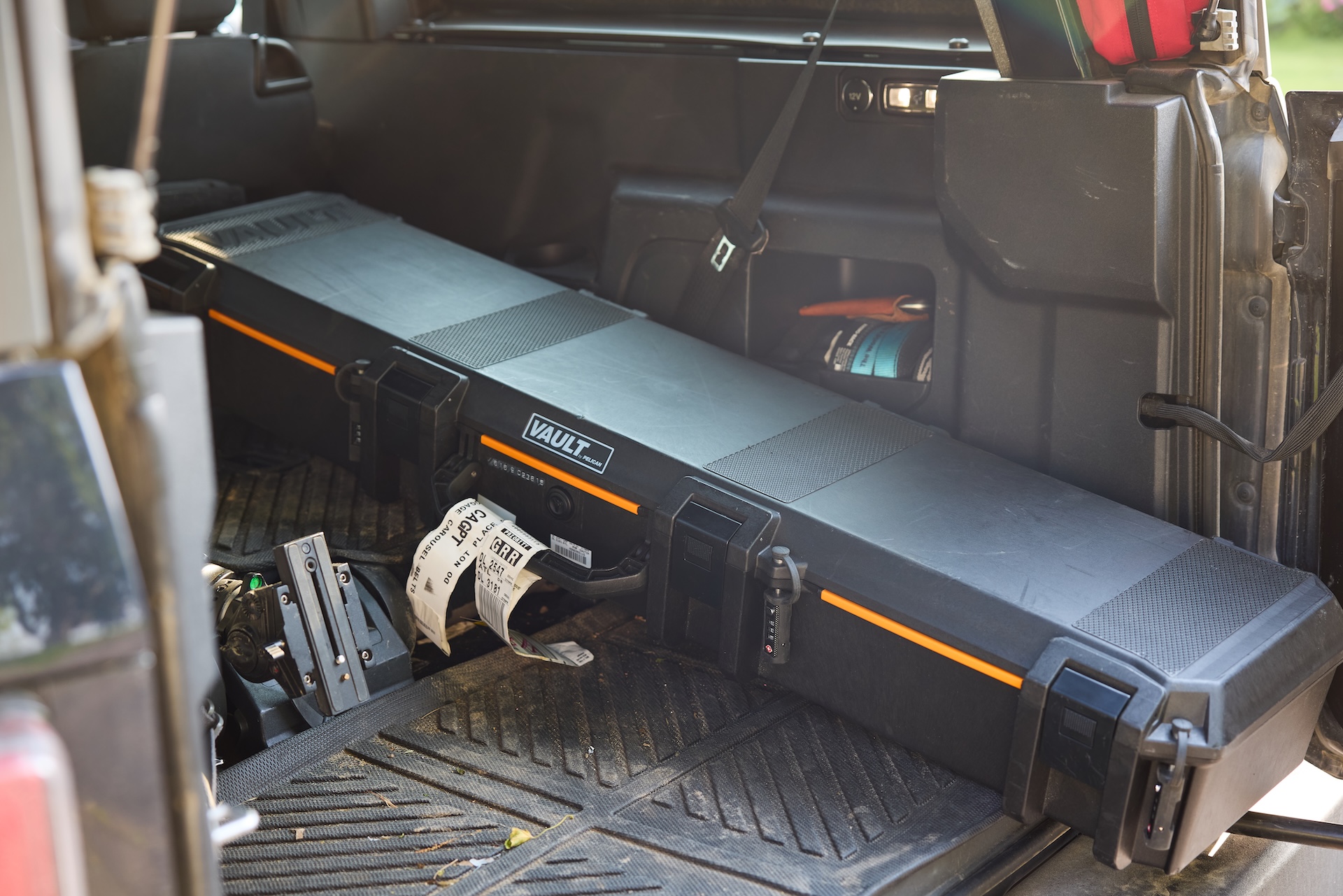
Can You Fly With a Hunting Rifle?
As you consider an out-of-state hunting trip, a common question is, "Can you fly with a hunting rifle?" The short answer is yes.
However, there is a correct way and a very wrong way to do so. Even though air travel with a rifle is legal under TSA regulations, it does come with strict guidelines and some added steps on your part.
The longer answer is that you must follow established protocols that typically require:
- Storing your unloaded rifle in a locked, hard-sided case.
- Understanding that firearms are transported as checked baggage, not carry-ons.
- Declaring your firearm at the airline ticket counter during check-in. Do not attempt to bring it through security.
- Following the airline’s firearms policies, including those related to transporting and storing ammunition.
Once you understand the rules, it will become second nature to travel with your hunting rifle for those destination hunts.
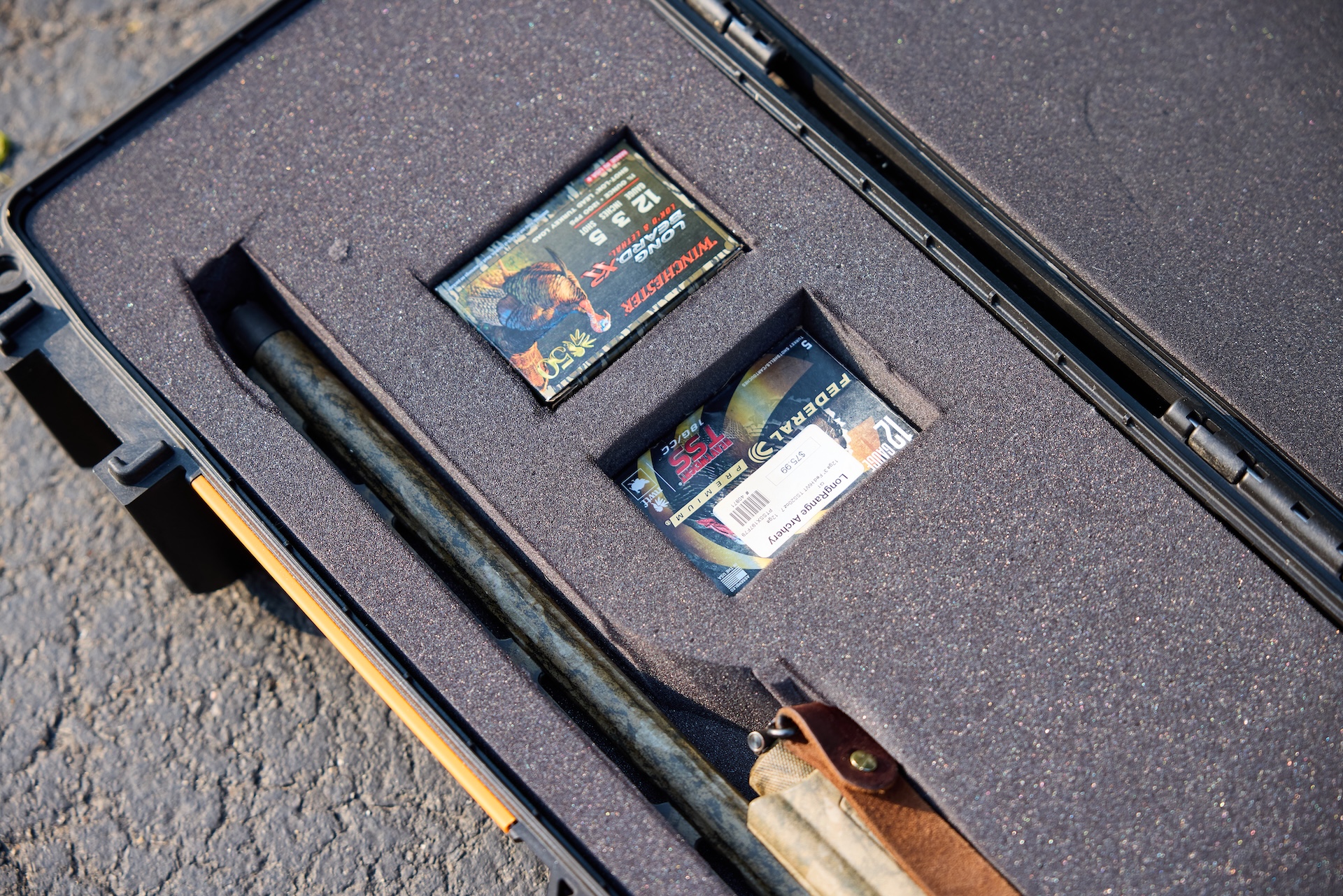
TSA and Airline Regulations: Know Before You Go
Successfully flying with a rifle will depend on your understanding of federal (TSA) requirements and individual airline policies that will often vary between carriers.
Current TSA regulations for flying with a rifle include:
- Use a Hard-Sided Case Only. Your rifle has to be stored in a lockable case that cannot be easily pried or cut open. Foam padding inside the case is recommended, especially when traveling with a scoped rifle.
- Non-TSA Locks. You are the only person who should have access to the rifle. TSA agents may ask you to open the case to view the contents, but they are not allowed to keep a key or lock combination.
- Declare Your Rifle at Check-In. Tell the ticketing agent that you would like to declare an unloaded firearm. Follow the agent's directions on what to do next.
- Never Take Your Rifle Through Security. Again, attempting to take your rifle or any part of the rifle (including bolts and magazines) is a federal offense. This includes any part of the rifle, even bolts or magazines.
Since each airline has slightly different procedures regarding firearms, be sure to check the airline’s website before your trip. Some restrict the types of ammunition and have specific policies regarding where it can be stored and what kind of container it must be stored in.
Ammunition Rules
Because there seems to be a regulation for everything, transporting ammunition on a commercial airline has its own set of rules.
These rules include:
- Storing ammunition in its original box or a securely sealed, hard-sided container. No loose rounds are allowed, so make sure to check for loose rounds and spent casings on your flight home.
- Most airlines have a weight limit of up to 11 pounds of ammunition in a checked bag.
- Ammunition must be separate from your rifle. Some airlines require that your ammunition be stored in a separate, locked case, while others will allow it to be stored in the same locked case as the rifle.
Check your carry-on bags thoroughly before going through security! One loose round from your last hunt can lead to an uncomfortable conversation with a TSA agent.
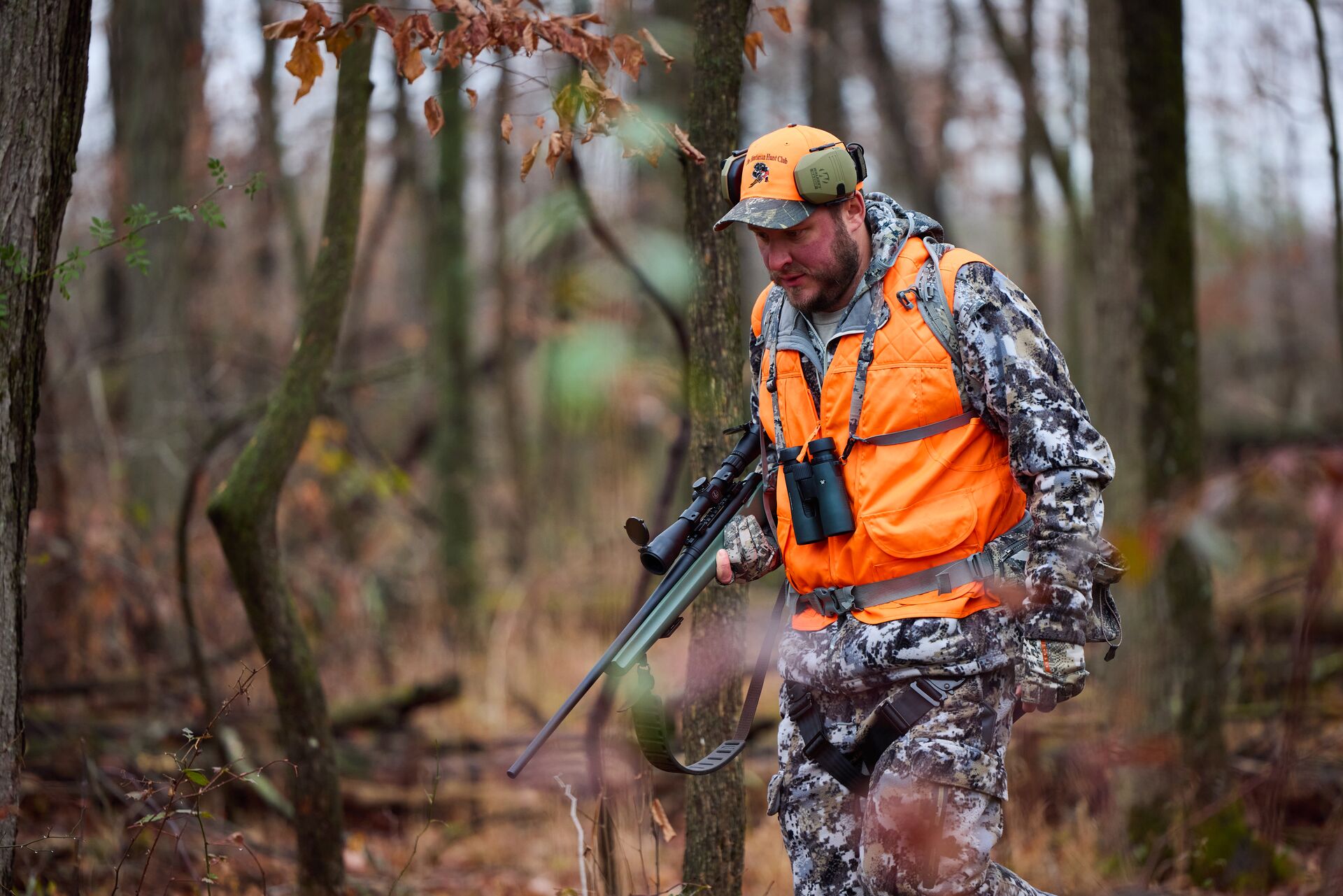
Legal Considerations for Traveling With Your Rifle
When flying with a rifle, remember that what may be legal for a hunt at home isn’t always legal in every state.
States often have differing restrictions on a rifle’s magazine capacity, the legality of semi-automatic rifles, and how and where a firearm should be transported in a vehicle. Some jurisdictions require the rifle’s bolt to be removed or a trigger lock installed.
To ensure you don't inadvertently violate local laws, contact the state fish and wildlife departments at each destination to clarify local regulations. Ignorance of local firearms laws will provide you with no legal protection if your rifle becomes an issue.
Pro Tips for Hunters Flying With a Rifle
What else can help you fly with your rifle successfully? Here are a handful of key points to follow that should minimize complications and protect your rifle while traveling:
- Arrive early at the airport. Allow an additional 30-45 minutes before your normal check-in time to provide some cushion in case of a delay.
- Use a high-quality hard case. Lockable rifle cases from reputable brands like Pelican or SKB are not cheap, but they are durable and have customizable foam inserts to protect your rifle and optic during transit.
- Check and double-check your carry-on and checked luggage. Before leaving home or heading home from your hunting destination, confirm your rifle is unloaded, all magazines are empty, ammo is packed correctly, and there are no loose rounds in your luggage, gear bags, or clothing.
- Use the correct type and number of locks. Make sure you have the minimum number of non-TSA locks required by the airline.
- Bring proper documentation. Keep all relevant documentation with you and store a spare set in your luggage.
After the Flight: Picking Up Your Firearm
Most airlines will separate locked firearm cases from regular baggage, so you don’t have to worry about someone walking away with your rifle at baggage claim.
You’ll need to visit the airline’s baggage service office, located in the baggage claim area. Bring identification and be prepared to verify the contents of the case before taking possession of your rifle.
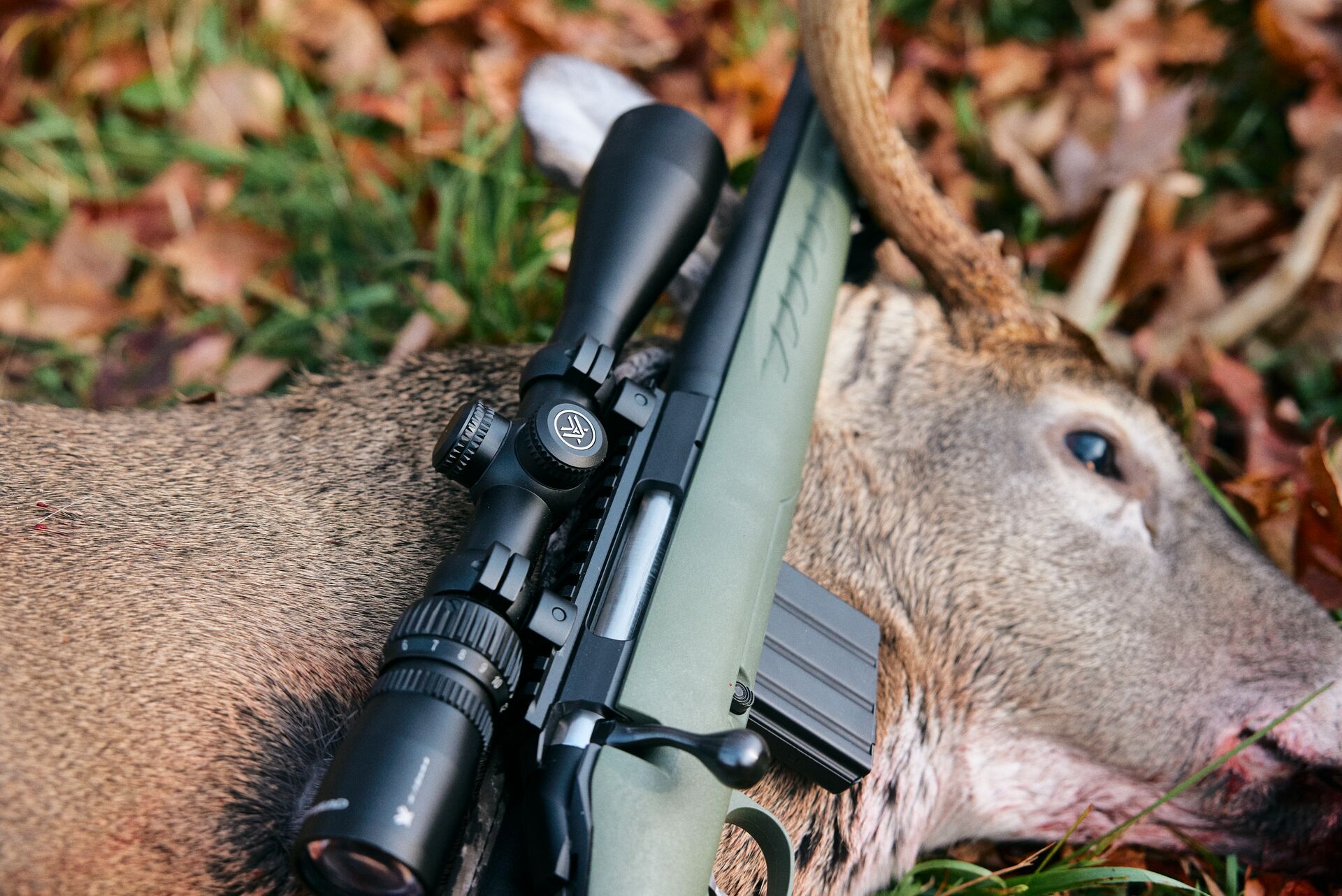
Take a Hunter Education Course Before Traveling With Your Rifle
While flying with a rifle for far-away hunts can present remarkable and once-in-a-lifetime opportunities, there is a little more homework involved to make sure your firearm arrives at its final destination. All you need to make that happen is a lockable hard case, correct documentation, and compliance with federal and local regulations.
However, before embarking on your next out-of-state hunting adventure, make sure you’re fully prepared by completing a state-specific hunter safety course through ilearntohunt. Each course covers critical topics, including hunting regulations, firearms safety, field skills, and ethical hunting standards to help you have a safe and successful hunt.
Check the rules for the state where you're going to find out if taking the course for your home state will meet the destination state's requirements, or if you'll need to take a course for that state.
In most cases, states will accept an approved course from your home state. Then, have a fun, safe, and successful hunt!
Frequently Asked Questions About How to Fly With a Hunting Rifle
You have questions? We have answers!
1. Can I fly with my hunting rifle for an out-of-state hunt?
Yes! Flying with a hunting rifle is legal under TSA regulations. Be sure to follow specific rules, such as storing it unloaded in a locked hard-sided case and declaring it at check-in.
2. What are the TSA and airline rules for flying with a rifle?
TSA requires rifles to be in a hard-sided, lockable case with non-TSA locks. Declare the firearm at check-in (i.e., do not bring it through security. Each airline may also have specific firearm and ammunition policies.
3. How should I pack ammunition for air travel?
Ammunition must be packed in its original box or a hard-sided container. No loose rounds. Most airlines allow up to 11 pounds of ammunition in checked bags. It must be stored separately from the rifle (unless airline policy allows shared storage).
4. Do local laws affect how I travel with my rifle?
Yes! State laws vary and may include restrictions on semi-automatic rifles, magazine capacity, and transport rules. Always check with the destination state’s fish and wildlife department to make sure you understand and can follow the rules.

